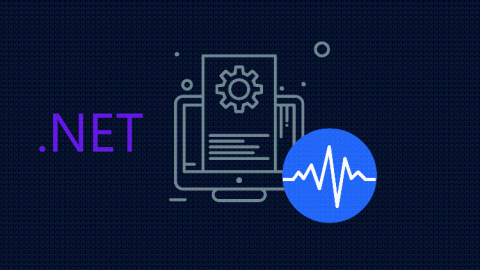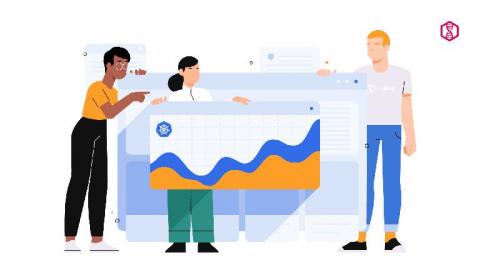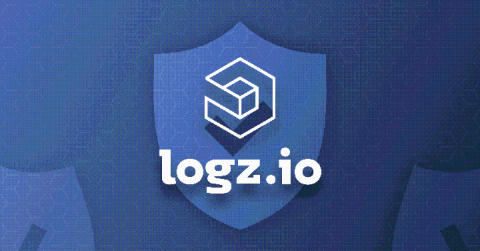SIEM vs. SOAR: What's the Difference?
Cloud security is the combination of tools and procedures that form a defense against unauthorized data exposure by securing data, applications, and infrastructures across the cloud environment and by maintaining data integrity. To read more about the basic principles of cloud security, check out our previous article on the subject. Cloud security is a constant concern for R&D teams, and more and more methodologies are being introduced to help teams achieve their goals.











